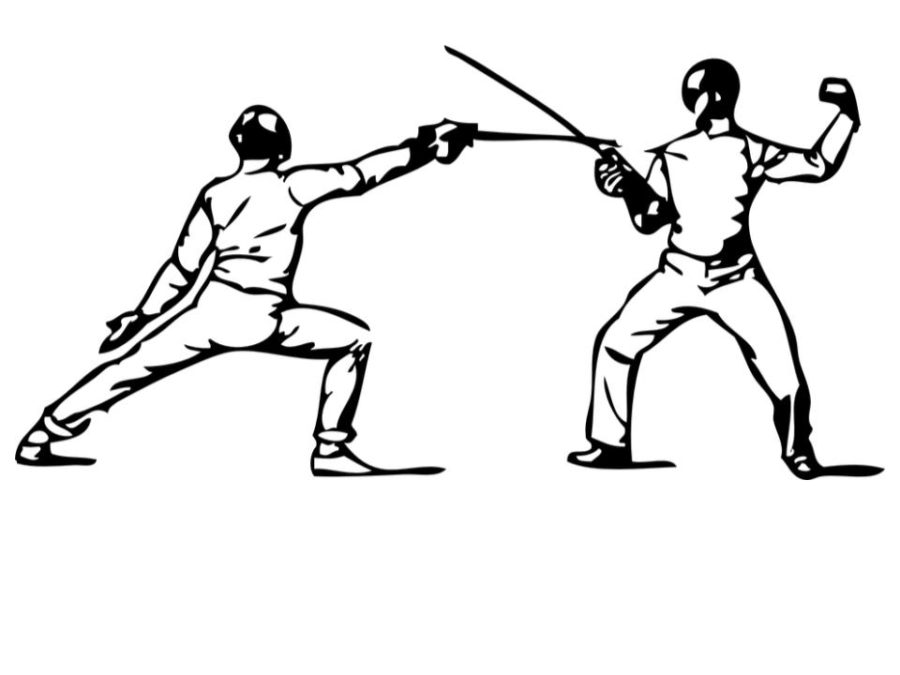Fencings rises in popularity, stabs at tradition
Fencing is a very dynamic sport which requires great amount of speed, strength and agility from athletes.
February 24, 2023
The RM student body is full of a wide variety of talented student athletes, who compete in a wide variety of different sports. While football and basketball dominate the attention of many sports spectators, RM athletes have seen success in many different sports, one of which is fencing.
There are three fencing blades used in Olympic standard fencing- the foil, épée and saber. Each discipline uses a different kind of blade, which shares the same name, and employs its own rules. Most competitive fencers specialize in only one of the three disciplines.
“We have a family friend whose daughter fenced and my dad thought I could try it out. I ended up liking it and decided to start fencing; I fence saber,” sophomore Julia Chang said.
Fencing was once part of many highschools’ physical education and many schools facilitated club and inter-school competitions. Fencing gradually faded from the physical education curricula in the United States during the second half of the 20th century. This was attributed to worries about having ‘weapons in school’ along with the expensive equipment and club costs associated with the sport.
With the sport’s decreasing popularity in the US, along with the increasing criticism of the use of weapons, it has become challenging for athletes to get involved in the sport. “I started fencing at age seven and was mainly inspired by my brother who also fenced,” sophomore Joseph Simak said. “Also, I always really liked Olympic fencing.”
Tournaments are broken into multiple parts. The first part is called the polls, where six-eight fencers compete in a round-robin of five-touch, three minute bouts. After these rounds, everyone is ranked based on their scores and put into tables of 64, 32 and 16. These rounds are direct elimination which means the loser of the 15 point bout will be eliminated.
“At competitions, there is a lot of energy and excitement, especially as the events begin and people cheer on their teammates, family members, and friends,” Chang said. “There are always people on the sidelines of a bout giving advice or observing how their opponents fence.”
Modern fencing is a very athletic sport. It is essential that fencers have great endurance, explosive speed and flexibility. Fencing promotes strategic thinking and engages both the mind and the body. “You have to think strategically about how to approach different opponents who may have different styles or preferred techniques,” Chang said. “And you have to think and react quickly to what they do.”
Fencing requires a complex set of skill and agility. Their training includes group practices, private lessons, strength training, conditioning and sports psychology. “I practice four times a week with a combination of private and group lessons in addition to strength training three times a week,” Simak said.
This sport can be very demanding at times, however the energy and excitement is very rewarding.
“I really enjoy the energetic atmosphere during competitions,” Chang said.



